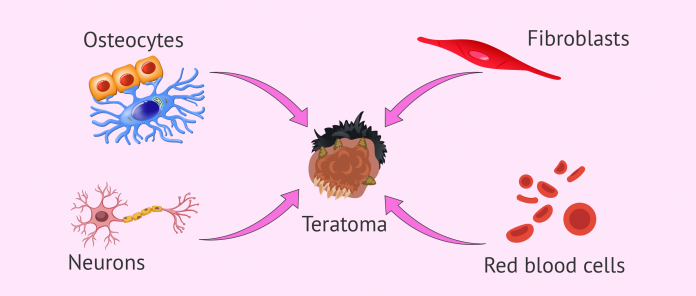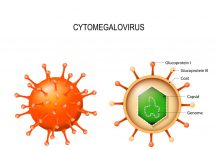The Taber’s Cyclopedic Medical Dictionary defines a Teratoma tumor as a congenital tumor containing one or more of the three primary embryonic germ layers. Thus, hair and teeth as well as endodermal elements may be present. Teratoma comes from the Greek word teras, meaning monster.
It was Rudolf Virchow that first coined the term in his book that was published in 1863. This type of tumor does not contain any organs, but does contain the tissues that make up organs such as the brain, thyroid, liver, and the lungs.
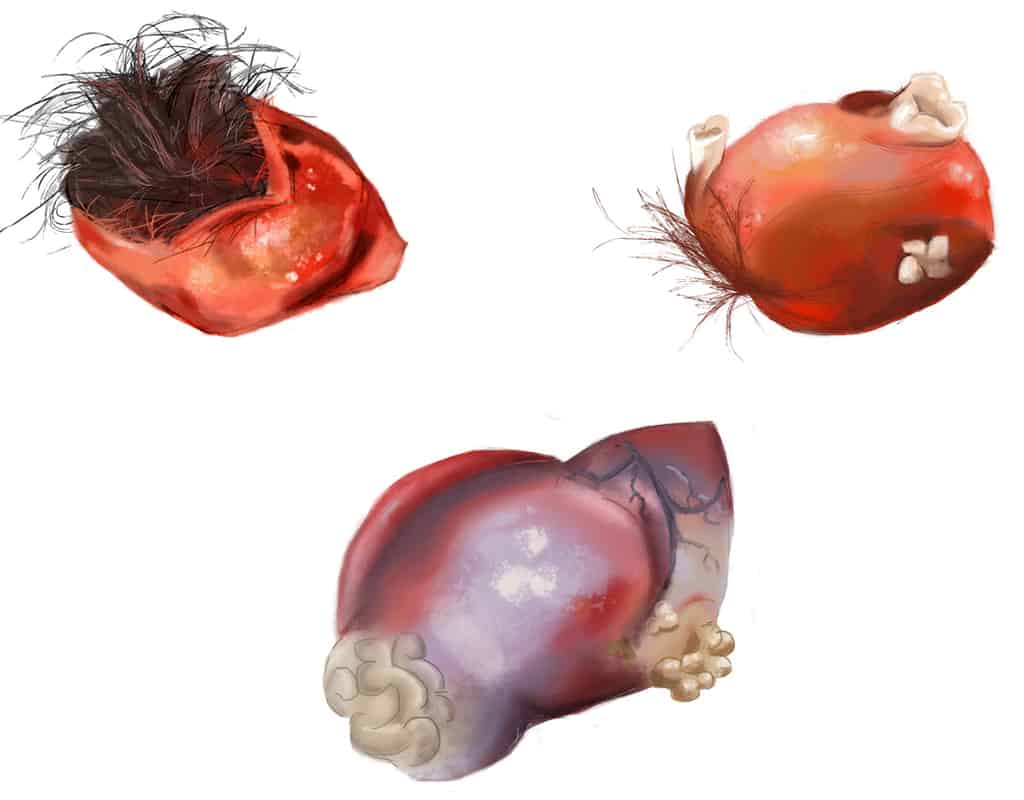
Two Types of Teratomas
Teratoma tumors are placed in a tumor class labeled nonseminomatous germ cell tumor (N.S.G.C.T.). Tumors that are listed in this class are the result of abnormal development of pluripotent cells which are germ cells and embryonic cells. Since these tumors are the result of germ cells, they will develop in the testis of men and the ovaries in women.
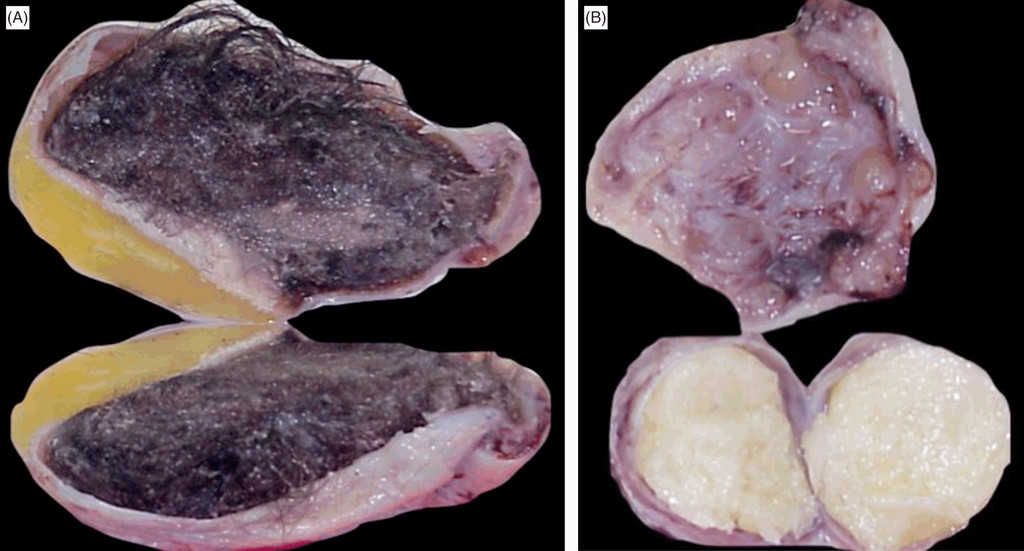
Teratomas that are the result of embryonic cells, will develop on the midline. Teratoma tumors that develop in the testis of men are most always malignant, but there have been rare cases where these tumors have been benign. Teratomas that develop in the ovaries of women are most always benign.
Ovarian Teratoma
Teratomas that develop in the ovary can cause a variety of complications.
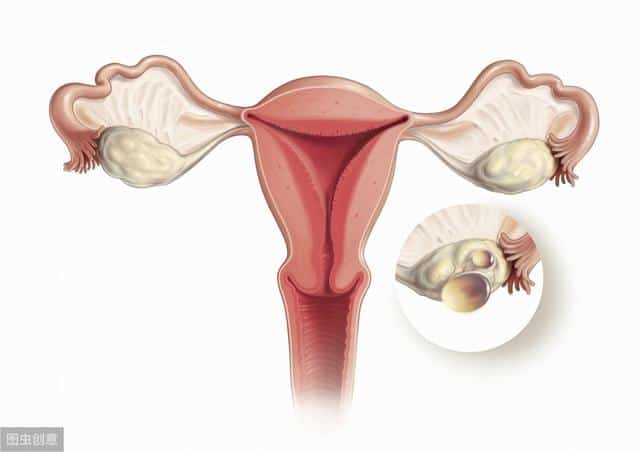
These complications include torsion, rupture, infection, hemolytic anemia, and malignant degeneration. When the rupture of one of these tumors happens, although rare, it is spontaneous and can be associated with torsion of the ovary. The prognosis from a teratoma that ruptures, is favorable, but will often cause dense adhesions.
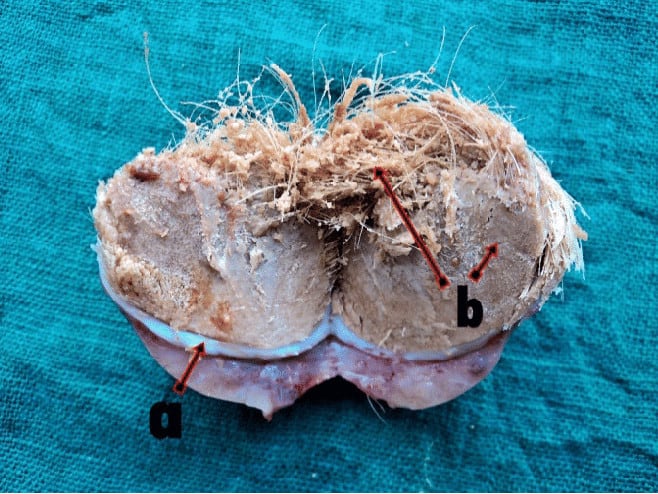
- What Is Aromatherapy Vs. What Are Essential Oils?
- What is La Tomatina in Bunol, Spain Like? What to Expect at the Famous Tomato Throwing Festival
Testicular Teratoma
Testicular teratomas develop in male children and adults, but depending on when they develop gives rise to the chance of the teratoma to become malignant. Young boys prior to puberty that are diagnosed with testicular teratoma remain benign. According to the Urology and Pathology, Memorial Sloan-Kettering Cancer Center in New York, testicular teratomas in male adults are associated with clinical metastases in 60% of cases.
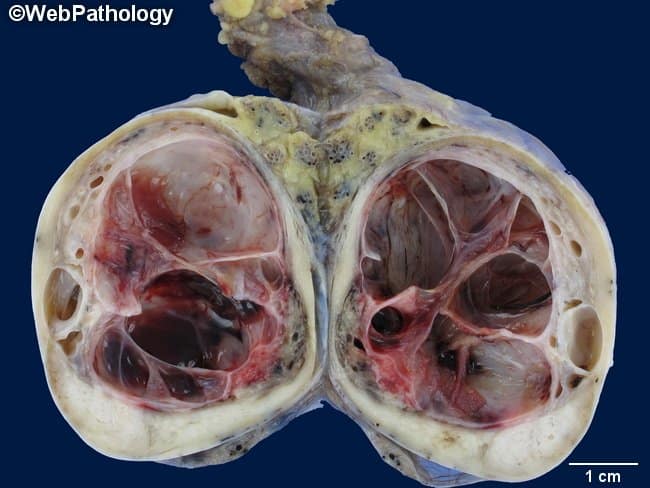
The mortality rate for these patients depends largely on the growth rate of the tumor as well as what other organs it invades or obstructs. This in turn causes the tumor to become unresectable.
Adequate follow-up care is recommended and will require close observation. This follow-up care will include a physical exam, ultrasound, MRI or CT scans. Approximately 20% of patients will end up with a recurrence of this type of tumor.


